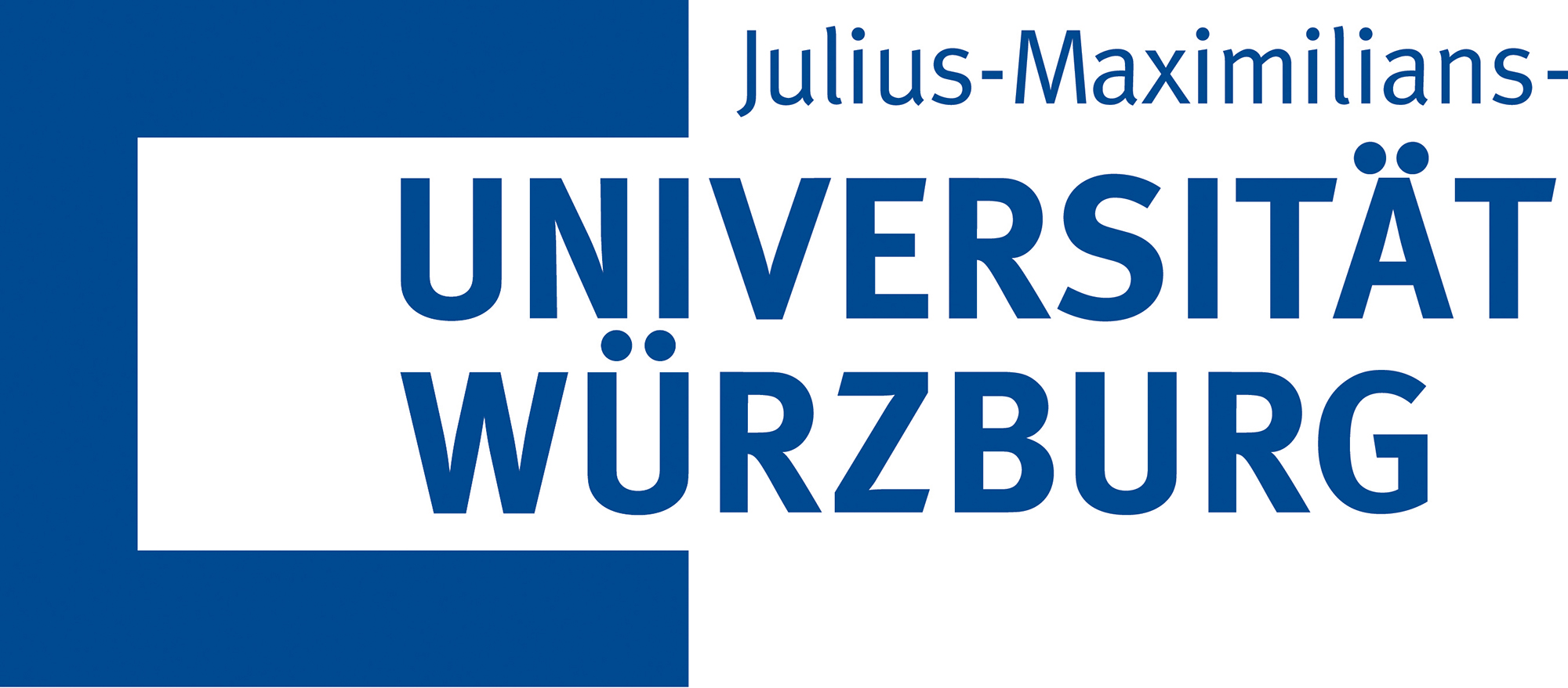Ecosystems fulfil a number of vital tasks: They store carbon, clean polluted water, pollinate plants and so on. How well an ecosystem can fulfil these tasks depends largely on its biodiversity, i.e. the variety of plants, animals and microorganisms that live in it. Until now, scientists have only been able to understand the exact nature of this relationship at a local level, for example in relation to individual forest areas, meadows and ponds. The DFG (German Research Foundation) research group BETA-FOR, led by the University of Würzburg (JMU), has now succeeded in developing a statistical method that for the first time can also analyse the contributions of biodiversity between local ecosystems to the multifunctionality of entire landscapes.
"This statistical tool was urgently needed," explains Prof. Jörg Müller, spokesperson of the research group and holder of the Chair of Animal Ecology with a focus on ecological field research in our latitudes at the Department of Zoology III. "Human use is increasingly leading to the homogenisation of entire landscapes worldwide. This has consequences that are as far-reaching as they are unknown. With the help of our new method, we can analyse for the first time how the loss of heterogeneous landscapes affects not only biodiversity, but also their multifunctionality." Measures to promote biodiversity can also be evaluated in relation to the functions of the landscape - such as renaturalisation projects, the establishment of protected areas or the promotion of sustainable agriculture."
From local ecosystems to entire landscapes
And this is how it works: the new statistical method relates the different biodiversity between individual ecosystems in a landscape to the overall multifunctionality. The term "multifunctionality" refers to the bundle of all functions that an ecosystem performs simultaneously. It breaks down the multifunctionality of a landscape into two components - the functions at the local level and those between different ecosystems in a landscape. This way, multifunctionality can be related to local biodiversity and to the biodiversity created by the diversity of habitats.
The new tool, a R Package called MF.beta4, was developed by the DFG research group BETA-FOR in cooperation with the renowned statistician and mathematician Anne Chao from the National Tsing Hua University in Taiwan. With this development, the group has achieved one of its central scientific goals.
About the DFG research group BETA-FOR
The DFG project "Enhancing the structural diversity between patches for improving multidiversity and multifunctionality in production forests" focusses on the relationship between biodiversity, ecosystem services and their stability. In BETA-FOR, the influence of different forest management practices on biodiversity is being investigated experimentally. A transdisciplinary consortium of researchers from the fields of biology, ecology, forestry, remote sensing and statistics is recording and analysing around 20 ecosystem functions and species groups in 11 forests in Germany.
Contact for scientific information:
Prof. Dr Jörg Müller, Professor of Animal Ecology with a focus on ecological field research in our latitudes at the Chair of Zoology III, Phone: +49 931 31-83378, joerg.mueller@uni-wuerzburg.de
Original publication:
Hill-Chao numbers allow decomposing gamma multifunctionality into alpha and beta components. Anne Chao, Chun-Huo Chiu, Kai-Hsiang Hu, Fons van der Plas, Marc W. Cadotte, Oliver Mitesser, Simon Thorn, Akira S. Mori, Michael Scherer-Lorenzen, Nico Eisenhauer, Claus Bässler, Benjamin M. Delory, Heike Feldhaar, Andreas Fichtner, Torsten Hothorn, Marcell K. Peters, Kerstin Pierick, Goddert von Oheimb, Jörg Müller. Ecology Letters. 2023 Dec 10. DOI: 10.1111/ele.14336 [https://doi.org/10.1111/ele.14336]



